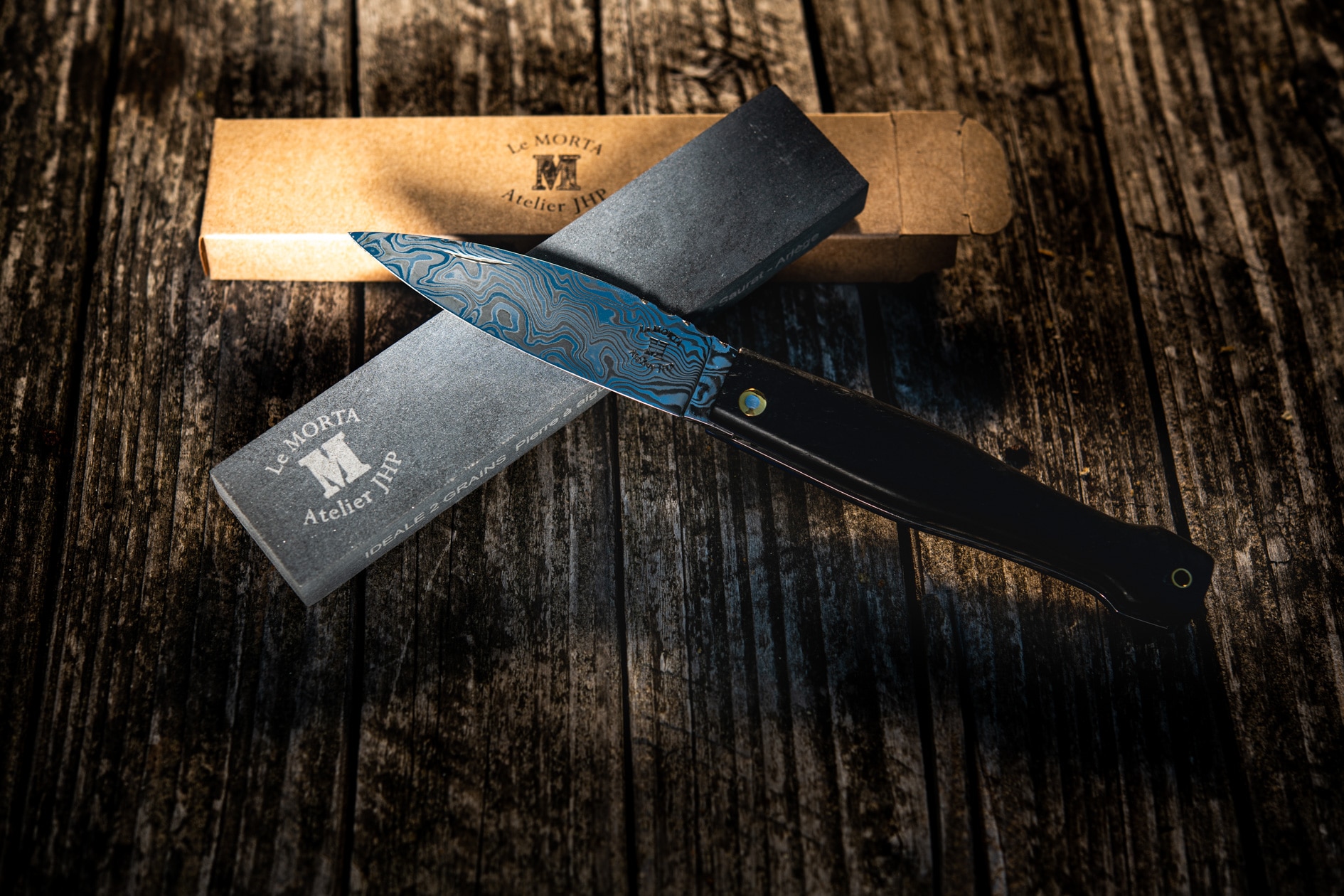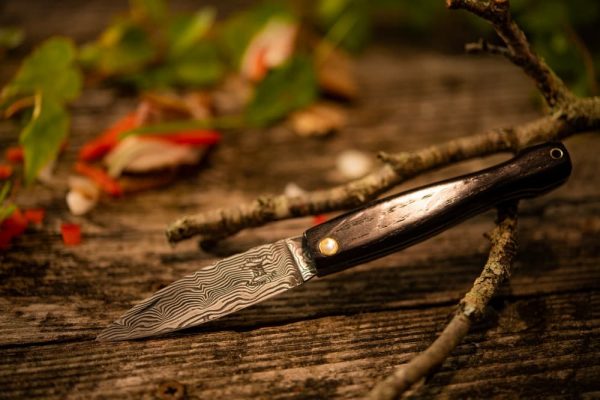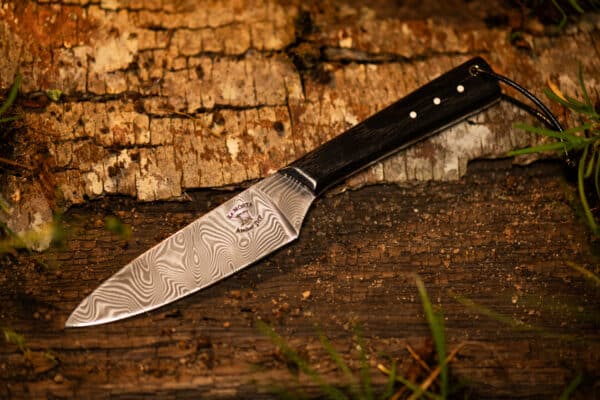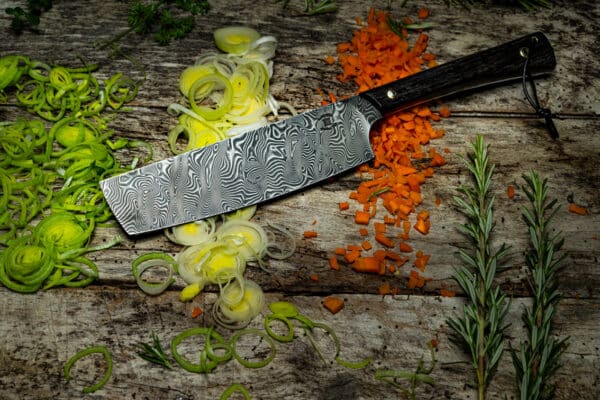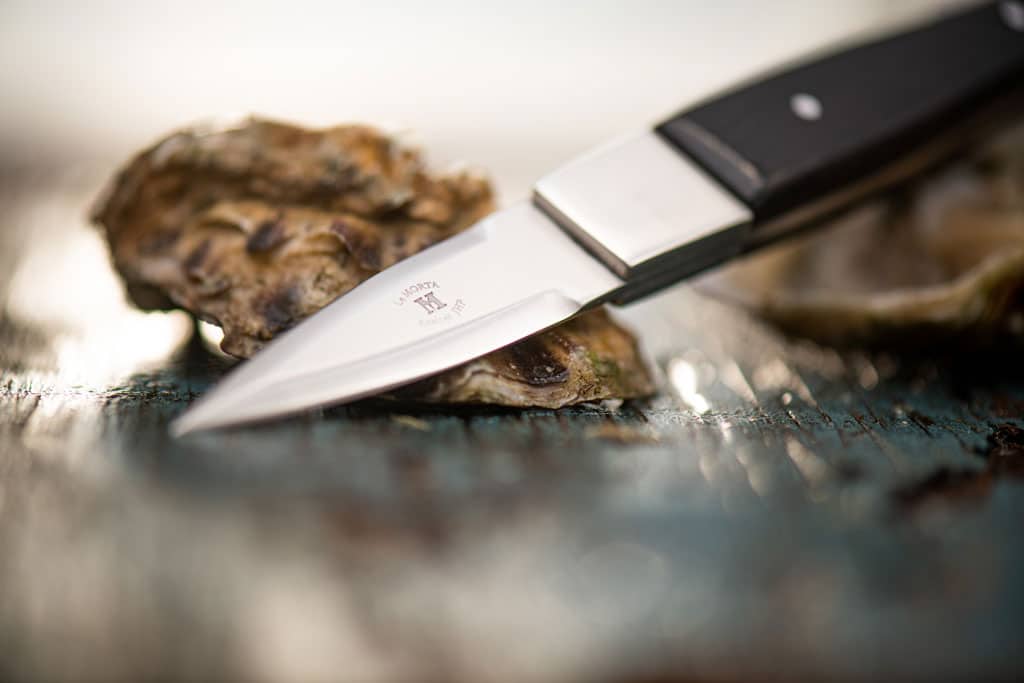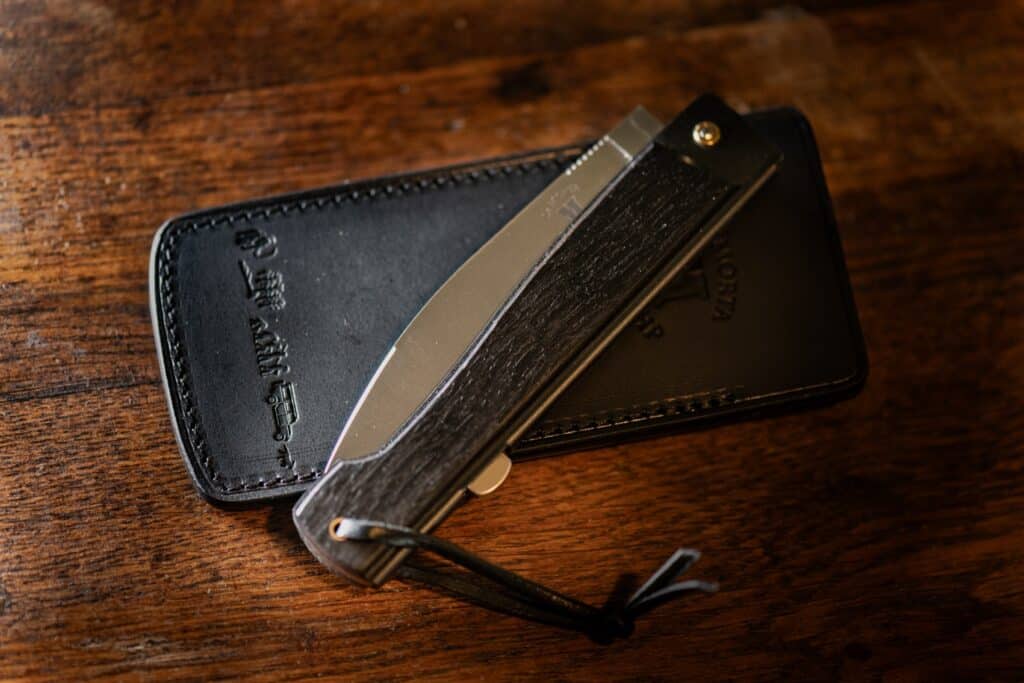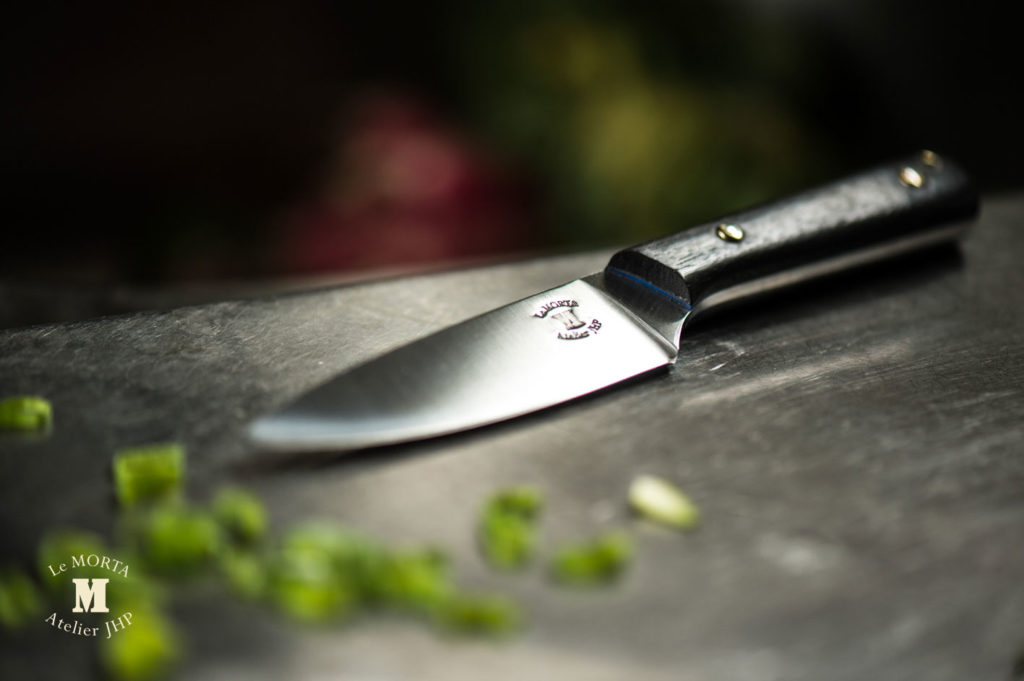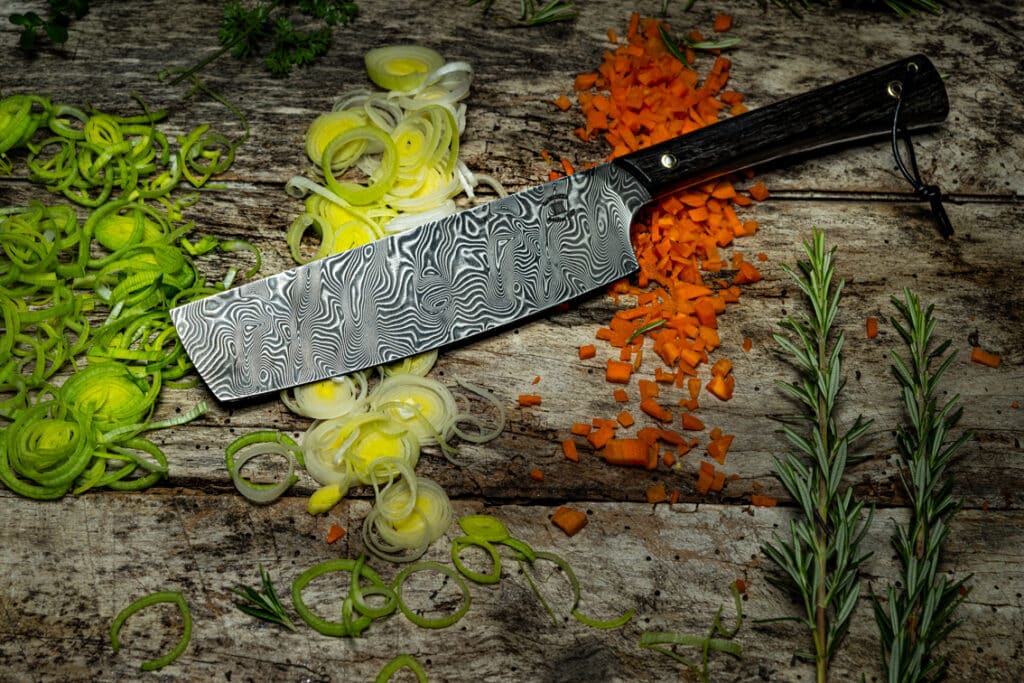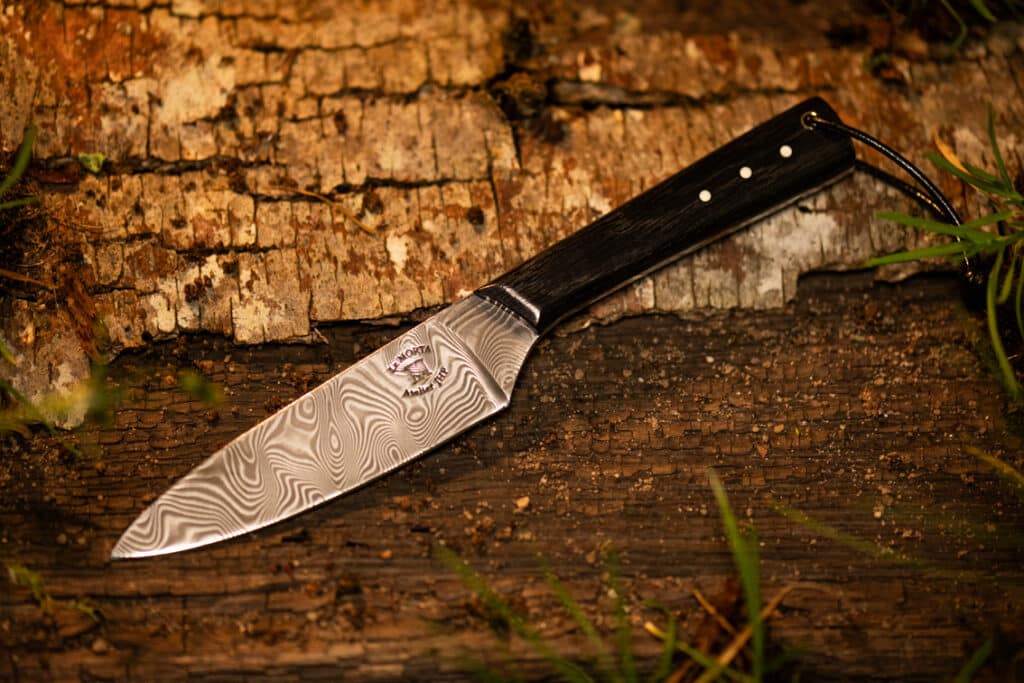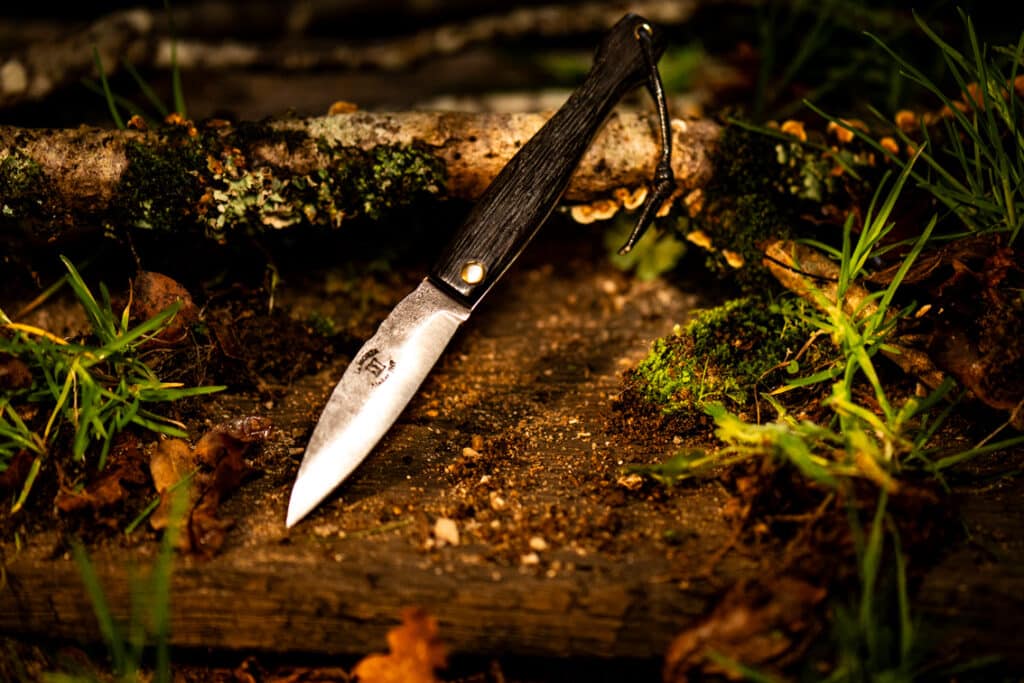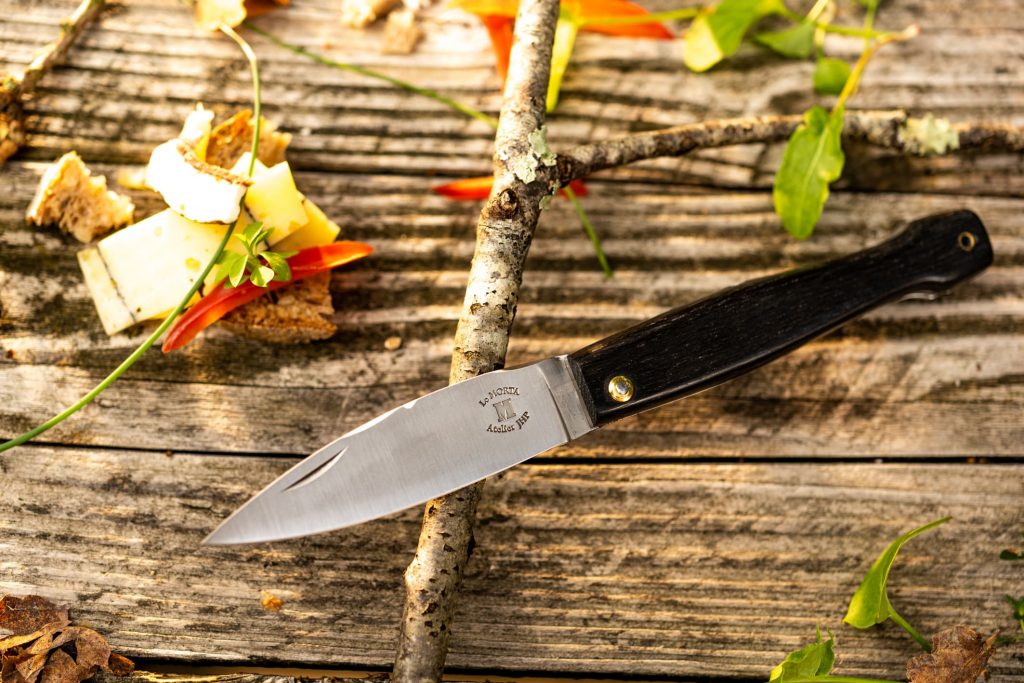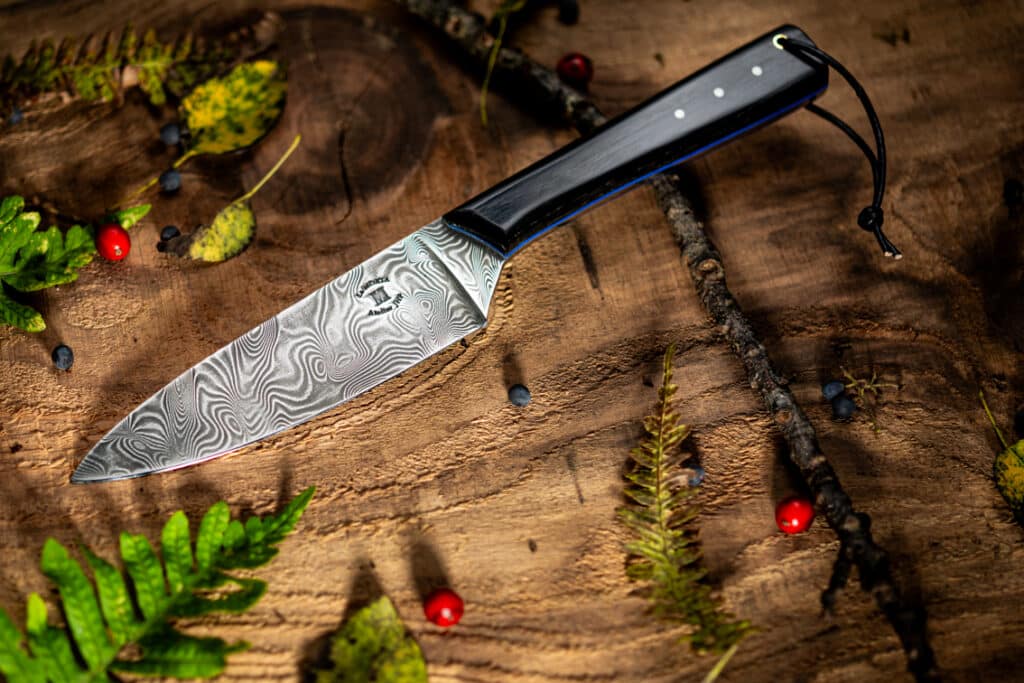Damascus steel knives are renowned for their beauty, durability, and exceptional sharpness. Crafted from several layers of steel, these knives are often considered as works of art as they are functional tools. However, even the finest knives require regular maintenance to maintain their performance.
Sharpening a Damascus steel knife is not merely a matter of maintaining the blade’s sharpness; it’s a process that demands a particular understanding and attention to the knife’s unique structure. Sharpening a Damascus steel knife correctly can extend its lifespan and enhance its efficiency, while the wrong method can damage the blade and diminish its functionality.
The aim of this article is to provide a comprehensive and detailed guide on how to sharpen a damascus knife. Whether you’re an experienced professional or a passionate amateur, this guide will help you grasp the essential steps and appropriate techniques for sharpening your Damascus steel knife with precision and care.
How is a Damascus steel knife made?
Damascus steel knives are admired for their beauty and functionality, but to properly sharpen a knife of this nature, it’s vital to understand its unique structure.
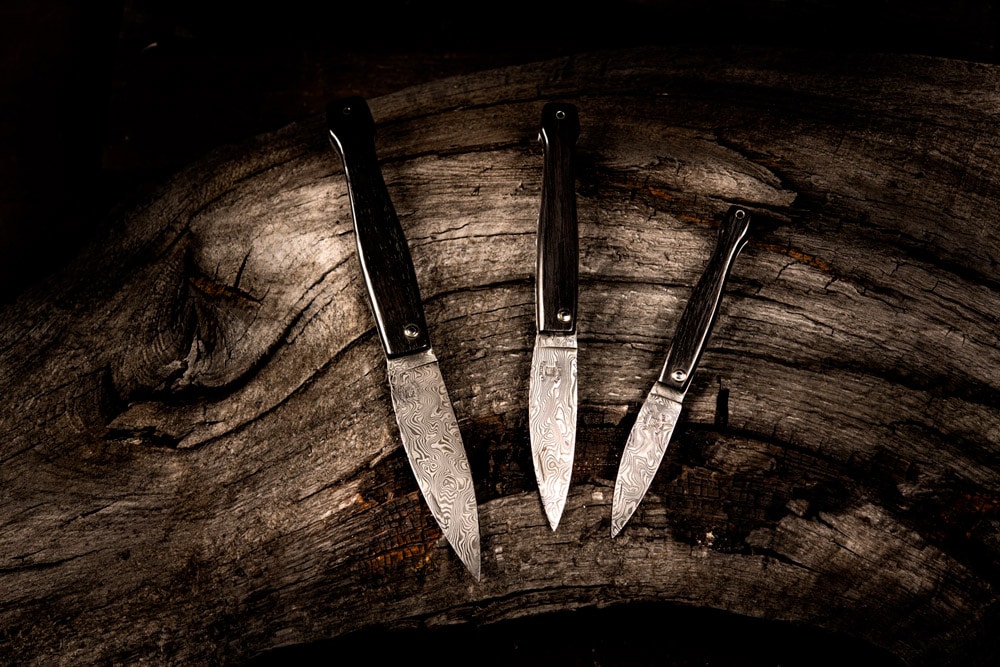
Indeed, the Damascus knife is composed of several layers of different types of steel, forged together to create a distinctive pattern.
This multi-layer structure gives the knife a combination of hardness and flexibility, making it both sharp and resilient.
However, the hardness of a Damascus steel knife varies according to the type of steel used and the forging method.
At Couteau Morta, we utilize blades made of RWL34 – PMC37, which exhibit a hardness of 59 HRC, thereby guaranteeing exceptional quality and durability. This hardness influences the way the knife is sharpened.
Damascus knife sharpening: A delicate science
Sharpening a Damascus steel knife is no ordinary task; it’s a delicate science that requires a deep understanding of the knife’s unique structure.
The choice of whetstone is crucial, and the Couteau Morta website offers natural whetstones specially designed for Damascus steel knives. The sharpening technique must also be adapted to the knife’s hardness and composition, as the wrong technique can erode the distinctive pattern or even weaken the blade.
In short, the unique structure of the Damascus steel knife demands special attention during sharpening. Understanding this structure enables the most appropriate sharpening method to be applied, ensuring that the knife retains its beauty and effectiveness.
What tools and materials are needed to sharpen a Damascus knife?
Natural sharpening stones
Sharpening a damascus knife requires particular precision and delicacy. The natural sharpening stones available in the Couteau Morta accessories are specially designed for this task.
Angle guide and lubrication
An angle guide can help maintain the correct angle during sharpening, while the use of oil or water as a lubricant with certain stones ensures a smooth process.
Cloth and stable support
A clean, soft cloth is necessary to maintain cleanliness, and a stable support for the whetstone ensures adequate control and safety.
Then check the blade regularly for signs of wear or damage. Preventive maintenance can extend the life of your knife.
How to prepare the knife for sharpening?
Before starting the stropping process, it’s essential to properly prepare the knife and the necessary tools. This step ensures that sharpening is carried out safely and efficiently.
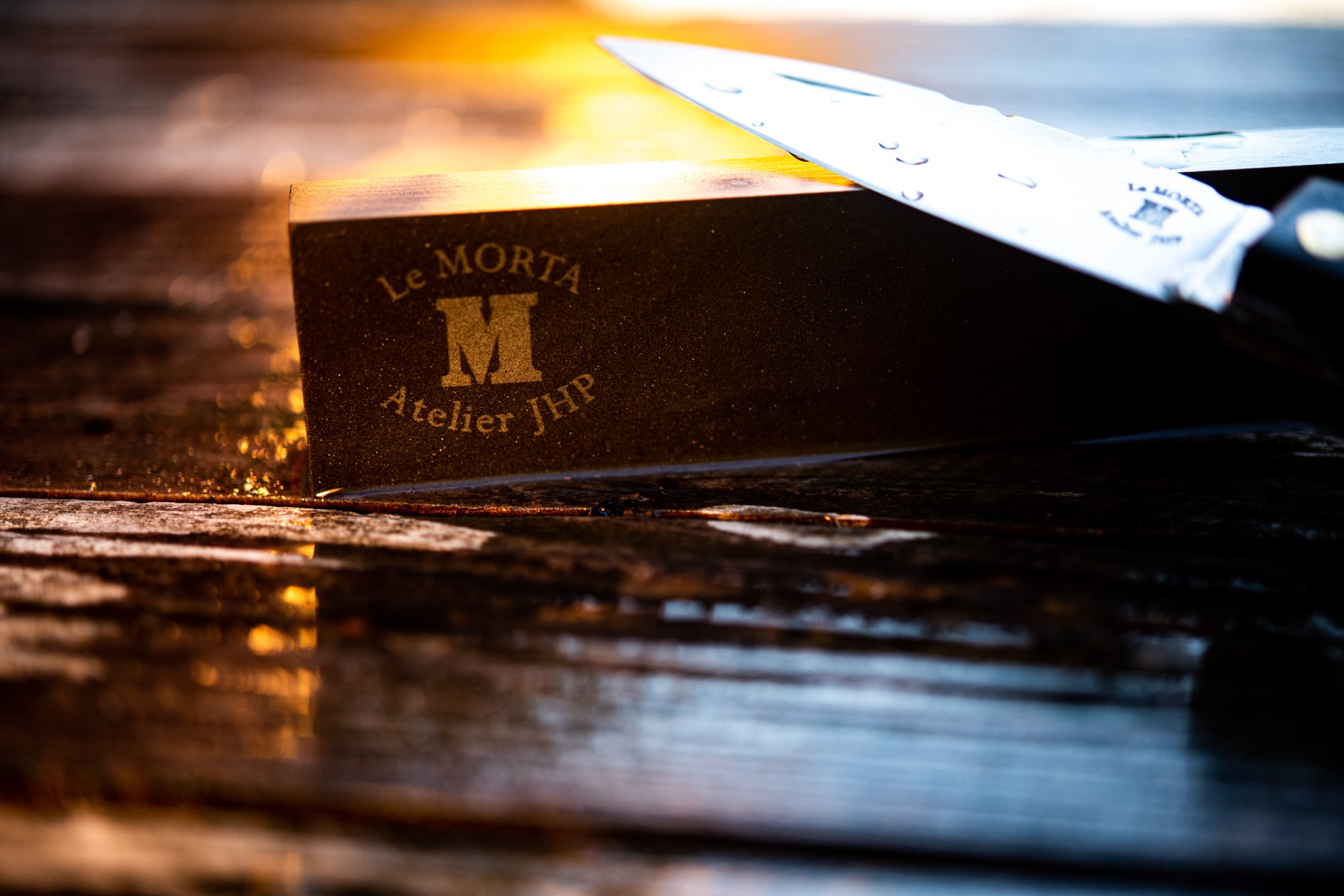
Start by cleaning the knife with a soft cloth and soap to remove any dirt or residue. Make sure the knife is completely dry before proceeding.
Examine the blade carefully for any chips or irregularities. This will help you understand the level of sharpening required.
Which sharpening stone should I use?
Using a natural whetstone can be ideal for damascus knives. Be sure to choose a stone that matches the hardness and composition of the blade.
The choice of stone grain will depend on the condition of the blade. A coarse-grained stone is used for very dull blades, while a fine-grained stone is used for polishing and finishing.
How to sharpen your damascus steel knife: step-by-step process
Step 1: Moistening the stone
Before you start sharpening, it’s essential to moisten the natural whetstone. This reduces friction and facilitates the process.
To do this, immerse the stone in water until no air bubbles emerge, or spray it generously with water.
Step 2: Find the right angle
The angle of sharpening is crucial to obtaining a sharp blade. An incorrect angle can damage the blade or render sharpening ineffective.
Position the blade at an angle of 15 to 20 degrees to the stone. This angle may vary according to the specificity of the Damascus knife.
Step 3: Sharpening using controlled movements
Sharpening must be carried out with care and precision to guarantee a well-sharpened blade.
Simply use long, controlled strokes to slide the blade over the stone, keeping the angle constant. Repeat this process several times on both sides of the blade.
Step 4: Checking and adjusting
It’s important to check the blade regularly during sharpening to ensure that the process is effective.
To do this, examine the blade for irregularities or areas requiring extra attention. Adjust technique as necessary.
Step 5: Polishing and finishing
Polishing finalizes the sharpening process, smoothing the edges of the blade and giving it a shiny finish.
Use a finer-grained stone or leather to polish the blade. Use light, controlled strokes to obtain a smooth finish.
This step-by-step sharpening process offers a complete and detailed method for sharpening a damascus knife. By following these instructions, you’ll maintain the quality and efficiency of their knife, preserving its unique characteristics.
How to care for a whetstone ?
Taking care of your whetstone is an essential step in maintaining the tool’s efficiency and prolonging its life. After each use, it is important to clean the stone with water and a soft brush to remove metal residues, avoiding aggressive detergents which can damage the stone.
Over time, the surface of the stone can become uneven, and regular smoothing with a smoothing stone or other whetstone can help maintain an even surface. Finally, storing the stone in a cool, dry place is crucial to avoid cracks and other damage.
Conclusion
Sharpening a damascus knife is a delicate and precise process that requires a clear understanding of the knife’s structure and meticulous application of the appropriate techniques.
We encourage everyone who owns a damascus knife to take the time to learn and master these techniques. With patience and practice, sharpening a damascus knife can become a rewarding skill that enhances not only the knife’s function but also the culinary experience as a whole.

